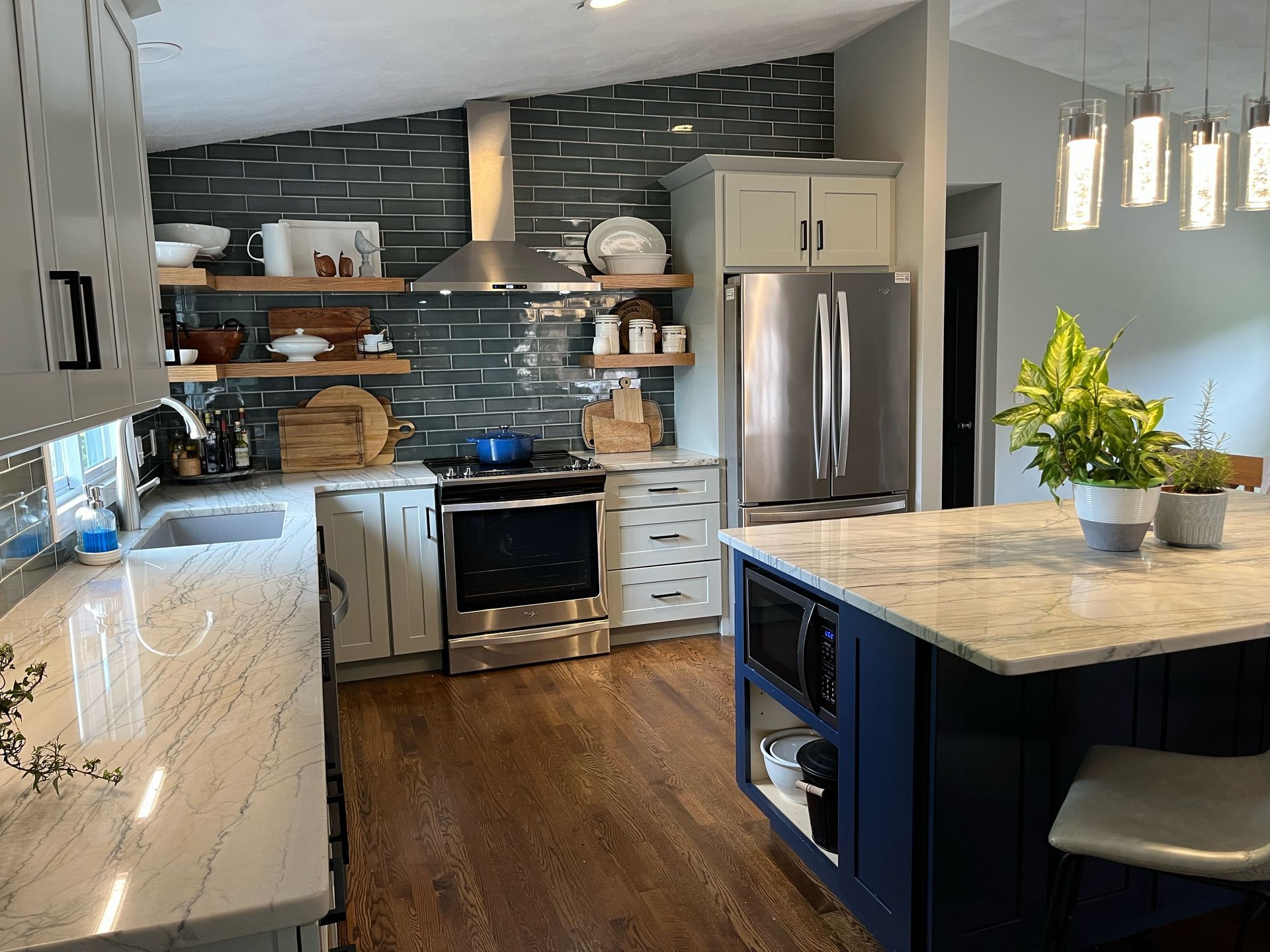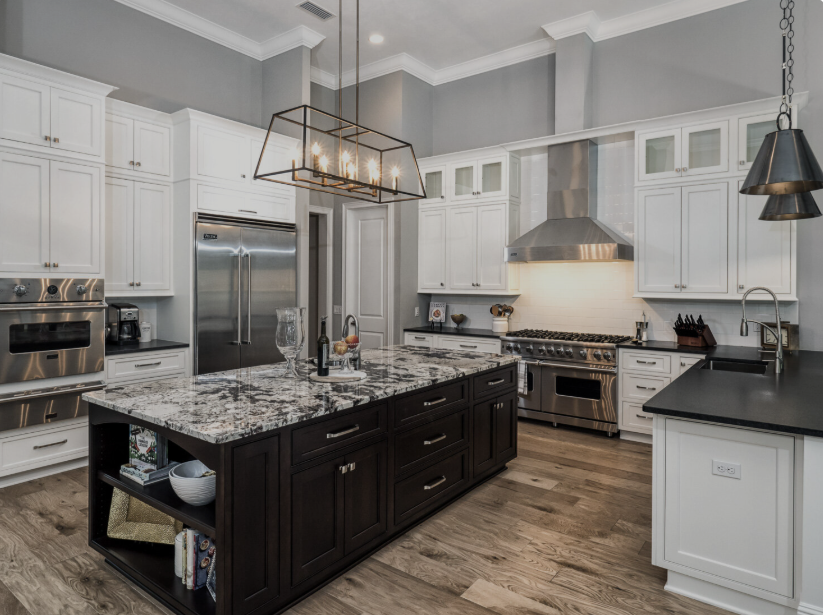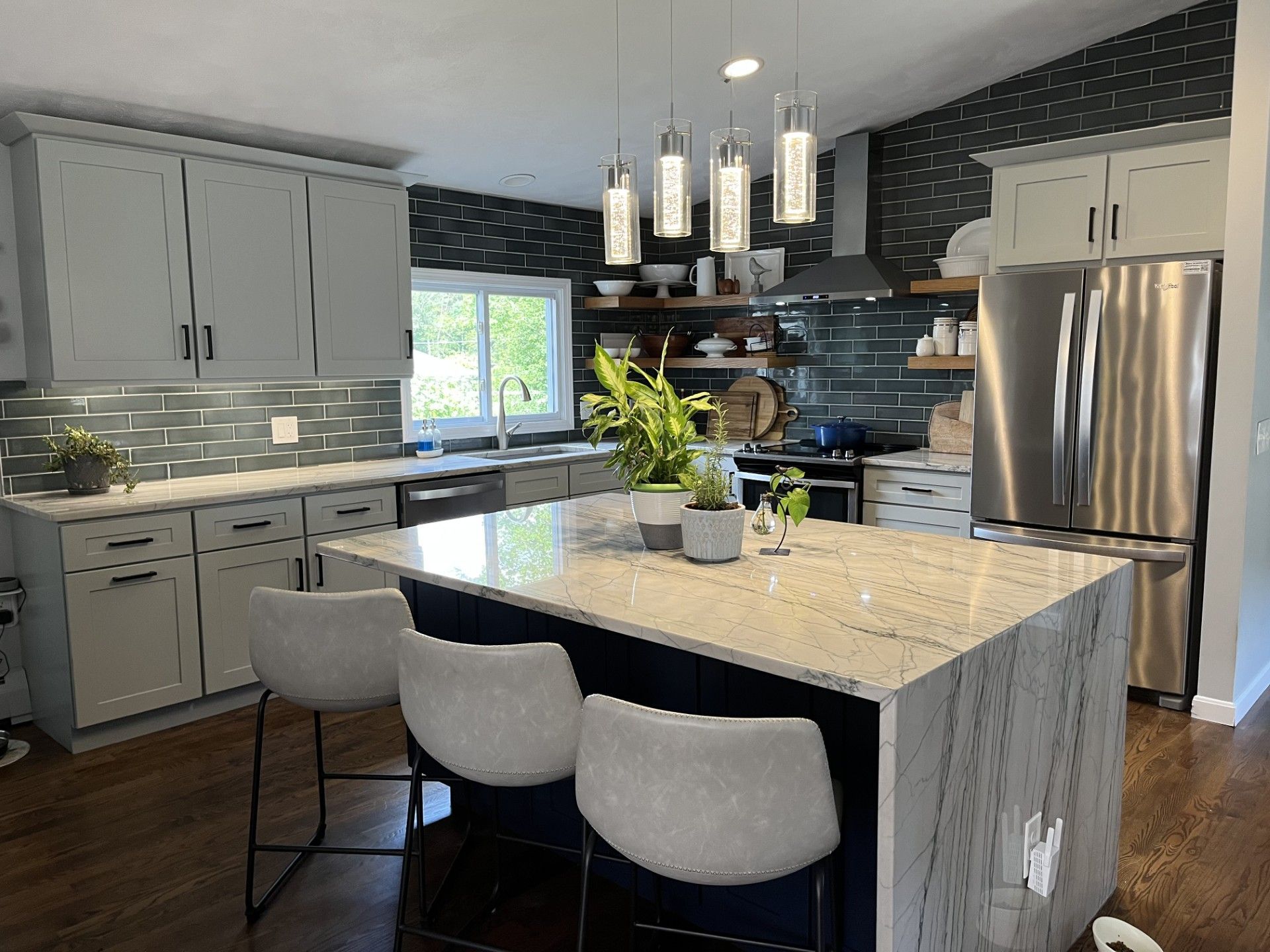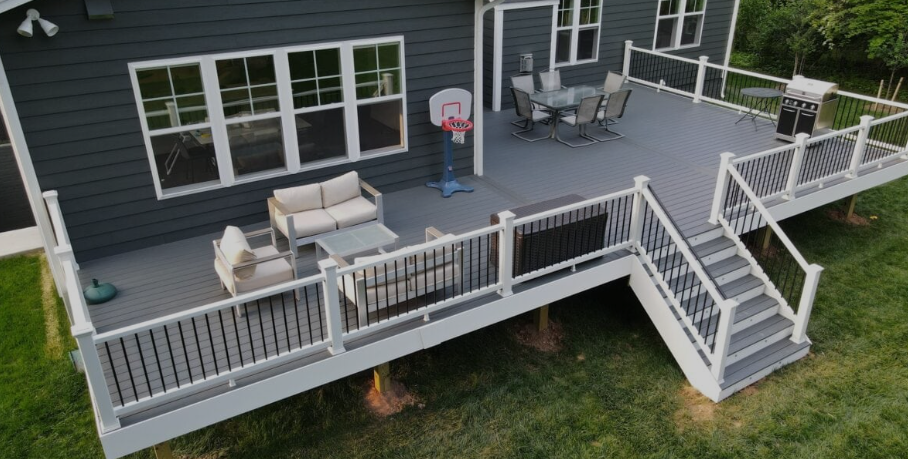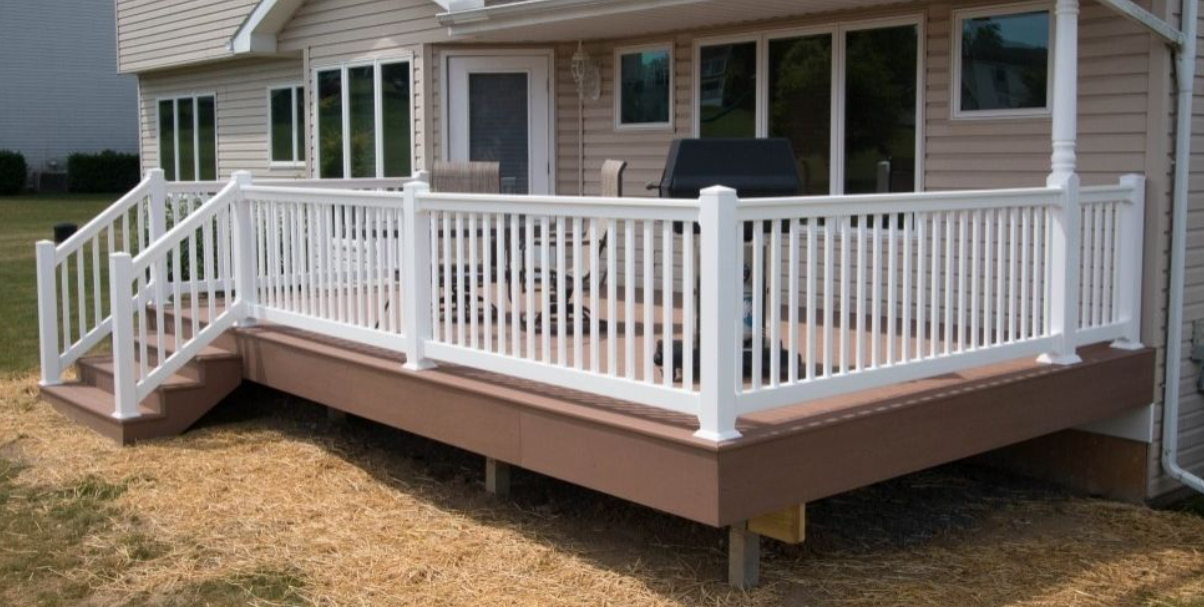School District Snow Removal - Rhode Island Education
Rhode Island school districts must maintain safe student access by clearing walkways, bus zones, and parking areas within 2-3 hours after snowfall ends, with emergency routes cleared immediately for safety personnel access. School contracts typically range from $15,000-$75,000 annually depending on facility size, with liability exposure reaching $100,000-$1 million for student or staff injuries on inadequately maintained school grounds.
Professional School Snow Removal for Rhode Island Education
Student and Staff Safety Obligations
Legal Duty of Care for Educational Institutions
- Enhanced liability standard: Schools owe highest duty of care to minor students and educational staff
- Parental trust and responsibility: Institutions must ensure safe transportation and campus access for children
- State educational regulations: Rhode Island Department of Education safety requirements for school operations
- Federal ADA compliance: Handicap accessibility for disabled students, staff, and visitors year-round
- Emergency response protocols: Fire department, ambulance, and police access during school hours
Critical Safety Zones Requiring Immediate Attention
- Bus loading and unloading zones: Student transportation safety preventing slip-and-fall injuries
- Main entrance and exit routes: Primary pedestrian access for students, staff, and parents
- Emergency evacuation routes: Fire drill and emergency egress pathways must remain clear
- Playground and recreational areas: Recess and physical education facility safety during winter months
- Administrative and visitor parking: Parent conferences, meetings, and emergency personnel access
Educational Continuity and State Requirements
Rhode Island School Closure and Delay Policies
- 180-day requirement: State mandated school year requiring makeup days for weather closures
- Superintendent decision authority: District leadership responsibility for safe school operations
- Regional coordination: Multi-district snow day decisions affecting working parent coordination
- Transportation safety: School bus route accessibility determining district-wide closure decisions
- State testing and academic calendar: RICAS testing and graduation timeline protection
Rhode Island School District Snow Removal Contract Requirements
Major School Districts and Facility Management
Providence Public School District
- 54 school facilities: Elementary, middle, and high schools requiring coordinated snow management
- Urban campus challenges: Limited snow storage and complex bus route coordination
- High student population: 22,000+ students requiring enhanced safety protocols
- Maintenance department coordination: District facilities management and contractor integration
- Community center integration: Shared facility usage requiring extended access maintenance
Warwick Public Schools
- 32 school buildings: Suburban district with varied facility sizes and parking requirements
- Comprehensive high school complexes: Large campus areas including athletic facilities and parking
- Elementary school parent access: Pick-up and drop-off zone safety for family transportation
- Special education facilities: Enhanced accessibility requirements for disabled student populations
- After-school program support: Extended facility usage requiring longer-term accessibility
Cranston Public Schools
- 26 school facilities: Mixed urban and suburban school campuses with diverse accessibility needs
- High school athletic complexes: Stadium, gymnasium, and outdoor facility winter maintenance
- Vocational and technical programs: Specialized facility access for career and technical education
- Adult education centers: Evening program access requiring extended snow removal coverage
- Administrative building coordination: District office and central services facility management
Regional and Smaller District Considerations
Coventry Public Schools
- Rural and suburban mix: Longer bus routes and isolated facility challenges
- Agricultural and FFA programs: Farm facility and outdoor education area accessibility
- Community recreational usage: School facilities used for town recreation requiring public access
- Budget constraints: Cost-effective snow removal balancing quality with fiscal responsibility
- Regional coordination: Shared services with neighboring districts for equipment and expertise
Barrington Public Schools
- Affluent community standards: High expectations for facility maintenance and professional appearance
- Waterfront school locations: Coastal weather considerations and salt air equipment challenges
- Parent volunteer coordination: High family involvement requiring safe parking and walkway access
- Academic excellence support: Maintaining educational continuity through superior facility management
- Property value considerations: School quality affecting community real estate values
Johnston Public Schools
- Mixed demographic community: Balancing service quality with municipal budget constraints
- Industrial area schools: Coordination with surrounding business and manufacturing facility access
- Special needs student populations: Enhanced accessibility and safety requirements
- Aging facility infrastructure: Older buildings requiring specialized snow management approaches
- Municipal services coordination: Town government and school district shared resource management
School-Specific Snow Removal Operational Challenges
Student Transportation and Bus Route Safety
School Bus Loading Zone Management
- Multi-bus coordination: 10-20 buses requiring simultaneous loading/unloading area access
- Student safety protocols: Clear sightlines and slip-resistant surfaces for child pedestrian safety
- Parent pick-up coordination: Family transportation mixed with bus operations requiring traffic flow management
- Special needs transportation: Wheelchair-accessible buses and specialized student mobility equipment
- Emergency evacuation accessibility: Rapid student removal capability during facility emergencies
Parking and Traffic Flow Considerations
- Staff parking priorities: Teacher and administrator vehicle access for school operation continuity
- Visitor parking management: Parent conferences, meetings, and volunteer coordination
- Emergency vehicle access: Fire department, police, and ambulance route maintenance
- Food service and delivery trucks: Cafeteria supply delivery and waste management vehicle access
- Athletic event parking: Gymnasium, auditorium, and sports facility visitor accommodation
Educational Facility Types and Specific Requirements
Elementary Schools (K-5)
- Playground and recess area safety: Outdoor recreational facility snow removal and safety inspection
- Parent drop-off zones: Family transportation safety and traffic flow management
- Kindergarten and early childhood: Enhanced safety for youngest students with limited mobility awareness
- After-school program areas: Extended day childcare facility access and safety maintenance
- Special education integration: Mainstream and specialized program facility accessibility coordination
Middle Schools (6-8)
- Athletic facility management: Gymnasium, outdoor courts, and sports equipment storage access
- Technology lab access: Computer and science facility climate control and equipment protection
- Band and music program: Instrument storage and performance facility accessibility
- Student activity areas: Club meetings, dances, and social event facility preparation
- Academic competition travel: Speech, debate, and academic team transportation coordination
High Schools (9-12)
- Athletic complex management: Football fields, track facilities, and outdoor sports venue maintenance
- Performing arts centers: Auditorium, theater, and music facility visitor and student access
- Vocational program facilities: Auto shop, culinary arts, and technical education specialized areas
- Student parking lots: Teen driver safety and vehicle protection during winter weather
- College preparation events: SAT testing, college fairs, and admissions meeting accessibility
Rhode Island School District Contract Bidding and Procurement
Public Bidding Requirements and Compliance
Rhode Island Public Purchasing Regulations
- Competitive bidding thresholds: Contracts over $10,000 requiring formal bid processes
- Prevailing wage compliance: State labor law requirements for public works contracts
- Minority and women-owned business: MBE/WBE participation goals for diversity compliance
- Performance bonding: Contract security requirements for large-scale service agreements
- Insurance and liability: Comprehensive coverage requirements protecting school districts
Bid Specification Development
- Scope of work definition: Detailed facility maps, priority areas, and response time requirements
- Performance standards: Measurable service levels and quality control specifications
- Equipment and material requirements: Professional-grade tools and environmentally-safe products
- Emergency response protocols: Severe weather and school closure coordination procedures
- Reporting and documentation: Service verification and compliance tracking systems
Contract Terms and Service Level Agreements
Essential Contract Components for School Districts
- Response time guarantees: 2-3 hour clearing commitments for student and staff safety
- Priority area specifications: Bus zones, entrances, exits, and emergency routes first
- Material quality standards: Child-safe ice melts and environmentally-responsible products
- Communication protocols: School administration coordination and emergency contact procedures
- Performance penalties: Service level failures and corrective action requirements
Pricing Models and Budget Planning
- Seasonal flat-rate contracts: Predictable budgeting for school district financial planning
- Per-storm pricing: Event-based charging for districts with limited snow removal budgets
- Hybrid pricing models: Base service fee plus additional charges for severe weather events
- Multi-year agreements: Long-term contracts providing service stability and cost predictability
- Shared service opportunities: Regional district coordination for cost savings and efficiency
Student and Staff Safety Protocols for School Snow Management
Child Safety Considerations and Best Practices
Age-Appropriate Safety Measures
- Elementary student protection: Enhanced clearing for shorter children with limited winter weather awareness
- Middle school supervision: Adolescent safety during arrival and dismissal periods
- High school student driving: Teen driver safety and parking lot vehicle protection
- Special needs accommodation: Wheelchair, walker, and mobility device accessibility
- Early childhood programs: Preschool and kindergarten enhanced safety protocols
Injury Prevention and Risk Management
- Slip-and-fall prevention: Professional-grade ice melts and traction materials safe for children
- Playground equipment protection: Swing sets, slides, and recreational facility winterization
- Athletic facility safety: Gymnasium entrances and outdoor sports venue accessibility
- Emergency medical access: Nurse office and medical emergency vehicle route maintenance
- Incident response procedures: Student injury protocols and parent notification systems
Staff and Educator Safety Requirements
Professional Responsibility and Workplace Safety
- Teacher and administrator access: Educator parking and building entrance safety priorities
- Custodial and maintenance staff: Facility management personnel safety during snow operations
- Food service workers: Cafeteria staff access and delivery truck accommodation
- Support staff protection: Secretaries, aides, and specialized personnel workplace safety
- Substitute teacher coordination: Temporary staff unfamiliar with facility layout safety
Educational Program Continuity
- Classroom accessibility: Heating system maintenance and climate control during severe weather
- Technology protection: Computer labs, smart boards, and educational equipment climate control
- Library and media centers: Resource access and facility preservation during winter months
- Science laboratories: Specialized equipment and chemical storage climate control requirements
- Athletic and physical education: Gymnasium and sports facility year-round accessibility
Rhode Island School District Budget and Cost Analysis
Snow Removal Contract Cost Factors
Facility Size and Complexity Pricing
- Small elementary schools (1-2 acres): $8,000-$15,000 annual contract range
- Medium schools (2-5 acres): $15,000-$30,000 comprehensive service agreements
- Large high school complexes (5-10 acres): $30,000-$60,000 full-service contracts
- Athletic complexes and specialized facilities: $45,000-$75,000+ for comprehensive campus management
- District-wide contracts: Volume pricing and coordination discounts for multiple facilities
Service Level and Response Time Impact
- Standard 4-6 hour response: Base pricing for routine snow removal services
- Premium 2-3 hour response: 20-30% additional cost for enhanced service levels
- 24/7 emergency availability: 15-25% premium for guaranteed severe weather response
- Holiday and weekend coverage: Additional charges for non-standard service periods
- Special event coordination: Athletic games, performances, and school activities additional services
Budget Planning and Financial Management
School District Fiscal Considerations
- Capital vs. operational budgets: Snow removal as facilities maintenance operational expense
- Emergency weather fund allocation: Reserve funding for severe winter weather additional costs
- Multi-year contract stability: Budget predictability through long-term service agreements
- State aid and reimbursement: Rhode Island education funding and facilities maintenance support
- Energy cost coordination: Heating expenses and snow removal budget integration
Cost-Benefit Analysis for Professional Services
- Liability protection value: Preventing $100,000-$1,000,000 student injury lawsuit exposure
- Educational continuity: Maintaining state-required 180-day school year minimizing makeup days
- Staff productivity: Educators focused on teaching rather than facility maintenance
- Equipment and storage elimination: No capital investment in snow removal equipment and materials
- Insurance cost management: Professional liability transfer reducing school district coverage needs
Technology Integration for Modern School Snow Management
Communication and Parent Notification Systems
School Closure and Delay Communication
- Automated phone and email systems: Mass communication for snow day and delay announcements
- Website and social media integration: Real-time updates on school accessibility and safety
- Local media coordination: Television and radio station communication for community notification
- Transportation coordination: Bus company communication for route delays and cancellations
- After-school program notification: Childcare and activity program status updates
Facility Management Integration
- Maintenance request systems: Digital work orders for additional snow removal needs
- Security system coordination: Building access and alarm system integration during weather events
- Energy management: Heating system optimization during school closures and delays
- Food service coordination: Cafeteria operations and meal program scheduling adjustments
- Transportation scheduling: Bus route optimization and student pickup coordination
Advanced Weather Monitoring for Educational Facilities
Predictive School Operations Planning
- 72-hour forecast integration: Advance planning for severe weather and potential closures
- Regional weather coordination: Multi-district decision making and resource sharing
- Student transportation safety: Bus route conditions and student commute safety assessment
- Athletic and activity scheduling: Event postponement and facility availability planning
- Academic calendar protection: Testing schedules, graduation, and important educational dates
Special Considerations for Rhode Island School Districts
Coastal and Island School Challenges
Newport and Aquidneck Island Schools
- Maritime weather unpredictability: Rapid storm intensification requiring quick response capability
- Limited municipal services: Island isolation requiring enhanced self-sufficiency
- Tourist season considerations: Summer population vs. winter resident service availability
- Salt air equipment challenges: Corrosion-resistant equipment and specialized maintenance needs
- Transportation ferry coordination: Student commuting and staff access during severe weather
Westerly and South County Schools
- Beach community seasonal variations: Year-round residents vs. summer population infrastructure
- Connecticut border coordination: Regional weather patterns and multi-state transportation
- Agricultural community needs: Rural bus routes and farm family transportation challenges
- Limited snow removal resources: Smaller municipal services requiring school district independence
- Environmental coastal considerations: Salt water proximity and ecosystem protection requirements
Urban vs. Rural District Differences
Providence Urban District Challenges
- Limited snow storage space: Dense urban environment requiring off-site snow removal
- Multi-language communication: Diverse immigrant populations requiring translated weather communications
- Public transportation integration: City bus routes and student transportation coordination
- Neighborhood safety concerns: Enhanced security during weather emergencies and school closures
- Aging infrastructure: Older school buildings requiring specialized winter weather accommodation
Rural District Considerations
- Extended bus routes: Longer transportation distances and isolated student populations
- Limited municipal resources: Smaller towns with reduced snow removal equipment and personnel
- Agricultural community coordination: Farm family schedules and rural transportation challenges
- Satellite facility management: Multiple small schools requiring individual attention and service
- Regional service sharing: Multi-district cooperation for cost-effective snow removal solutions
Insurance and Legal Liability for School District Snow Contracts
Educational Institution Liability Protection
Enhanced Duty of Care Standards
- Minor student protection: Heightened legal responsibility for child safety and supervision
- Premises liability amplification: School property safety extending beyond normal commercial standards
- Transportation liability: Bus route and student commute safety responsibility
- After-hours activity coverage: Athletic events, performances, and community usage liability
- Special needs accommodation: ADA compliance and disabled student safety enhancement
Comprehensive Insurance Requirements
- General liability minimums: $2-5 million coverage for educational institution protection
- Professional liability: Educational service delivery and student supervision coverage
- Property damage protection: Facility and equipment damage from winter weather events
- Business interruption: Lost educational days and makeup cost coverage
- Workers' compensation: Staff and educator injury protection during weather events
Risk Management and Prevention Strategies
Proactive Safety Planning
- Annual risk assessment: Facility evaluation and winter weather vulnerability analysis
- Staff training programs: Educator and support personnel winter safety education
- Emergency response drills: Winter weather evacuation and safety procedure practice
- Parent and community education: Family winter weather safety and school policy communication
- Professional consultation: Legal and insurance expert guidance for school-specific winter challenges
State Educational Standards and Snow Management Compliance
Rhode Island Department of Education Requirements
Facility Safety Standards
- Building codes and accessibility: State construction and maintenance standards for educational facilities
- Emergency preparedness plans: Required safety protocols including winter weather procedures
- Transportation safety regulations: School bus and student commute safety standards
- Health and sanitation: Facility cleanliness and environmental health during winter months
- Special education compliance: Enhanced accessibility and safety for disabled student populations
Academic Calendar Protection
- 180-day requirement: State mandated instructional time minimizing weather-related closures
- State testing schedules: RICAS testing and assessment timeline protection from weather delays
- Graduation requirements: Senior year and diploma timeline maintenance despite weather disruptions
- Professional development: Teacher training and educator requirement scheduling around weather
- Federal funding compliance: Title I and special program requirements despite weather interruptions
Municipal and State Coordination
Regional Emergency Management
- School closure coordination: Multi-district decision making and regional transportation safety
- Emergency shelter designation: Schools as community emergency shelters requiring facility access
- Municipal resource sharing: Town and school district snow removal equipment and personnel coordination
- State emergency assistance: Rhode Island Emergency Management Agency support during severe weather
- Federal disaster coordination: FEMA assistance and documentation for major winter weather events
Rockhouse Construction provides comprehensive school snow management services specifically designed for Rhode Island's diverse educational facilities, from small elementary schools to large high school complexes.
Our education-focused services include priority student safety zone clearing, bus loading area maintenance, emergency route accessibility, ADA-compliant walkway management, and coordinated communication with school administration and transportation departments. Don't let snow and ice compromise student safety, interrupt educational continuity, or expose your district to liability.
Contact us today to discuss how our specialized school district snow removal services can keep Rhode Island students and educators safe while maintaining the educational excellence our communities depend on throughout the winter season.

